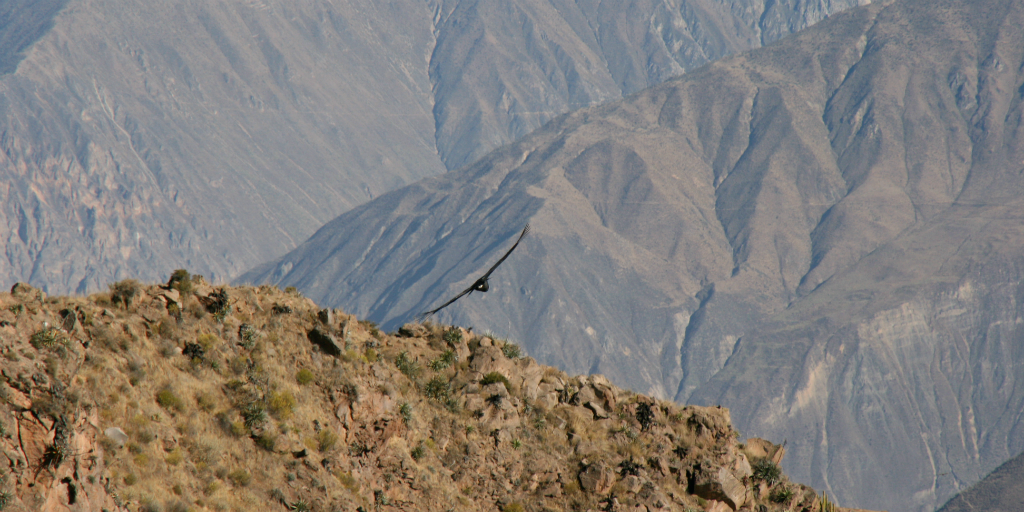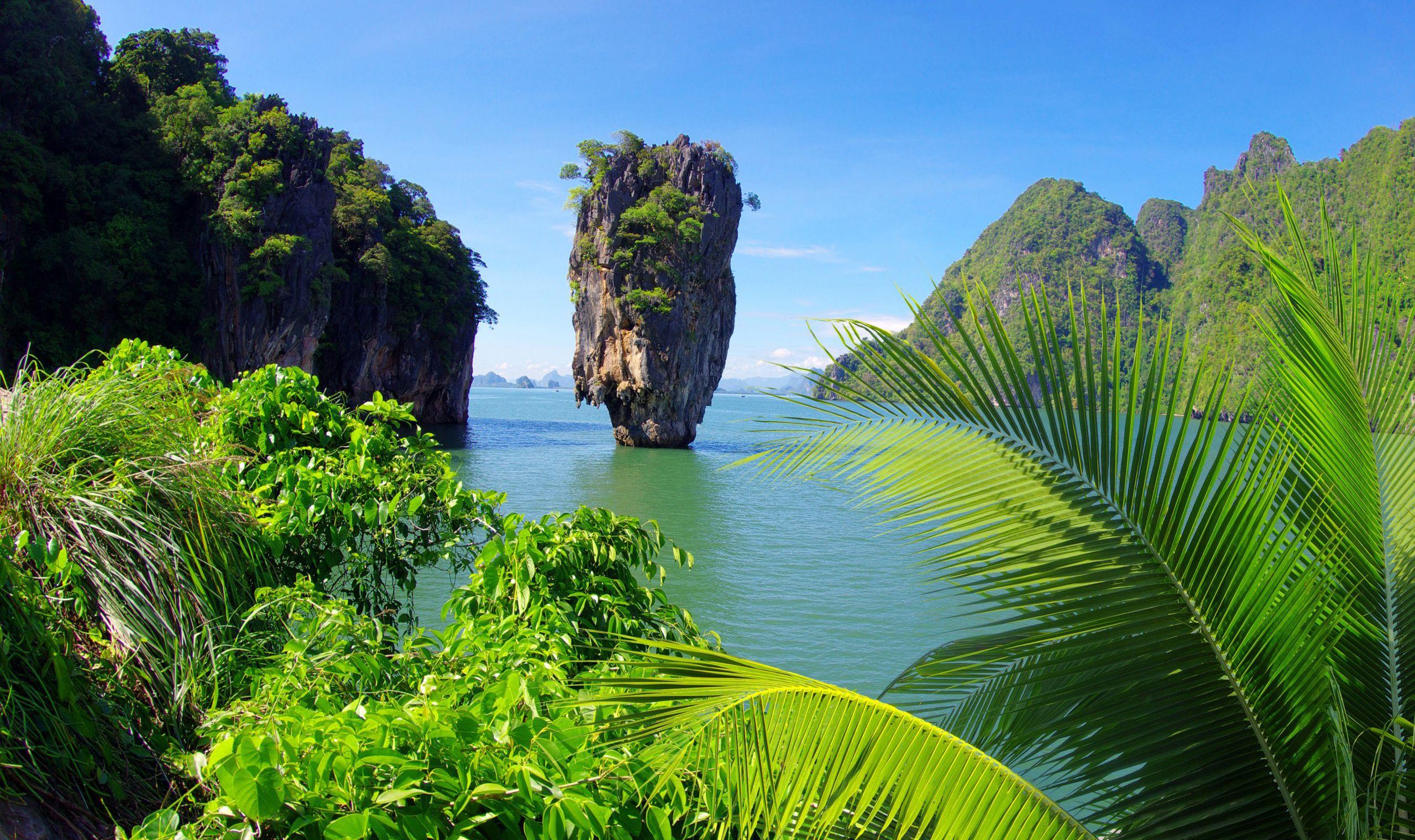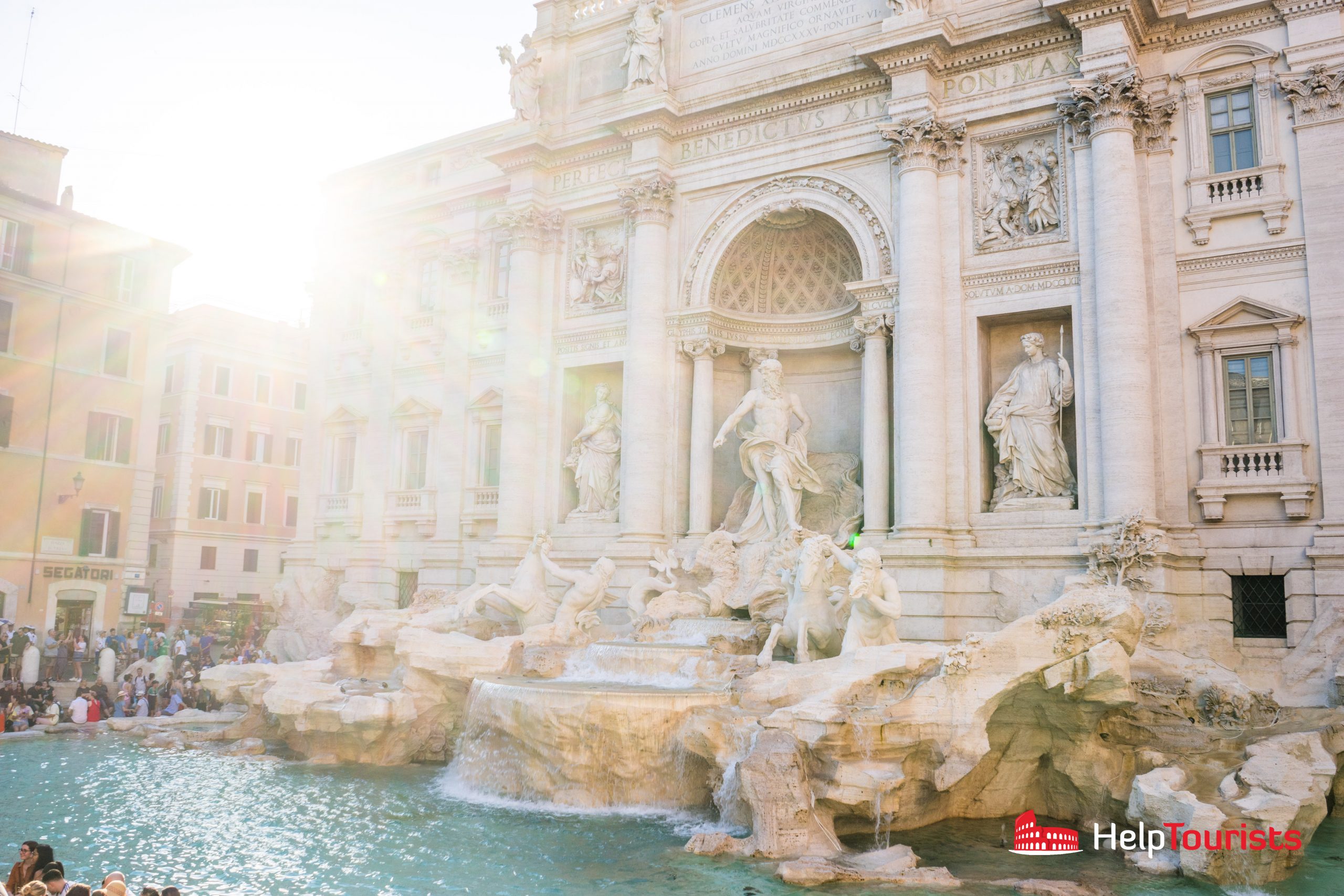Peru is a country steeped in history, culture, and geographical wonders. Dominated by the majestic Andes mountains and home to the ancient Inca civilization, it offers an array of astonishing facts that might surprise even the most seasoned travelers. Here, we explore some unusual facts about this South American gem, each reflecting the vibrant tapestry of Peru’s identity.
1. The World’s Most Diverse Ecosystem
Peru is home to the Amazon rainforest, which hosts an extraordinary variety of flora and fauna. It is estimated that the Amazon contains over 40,000 plant species, 2.5 million insect species, and more than 2,000 species of birds and mammals. The astounding biodiversity of this region underpins why Peru is often considered one of the most biodiverse countries on the planet. This rich ecosystem supports not only wildlife but also local communities that have coexisted with the land for centuries.
2. The Enigma of the Nazca Lines
The Nazca Lines, colossal geoglyphs etched into the Peruvian desert, depict various figures, including animals and plants. Spanning several kilometers, these ancient designs date back to as early as 500 BC. Their purpose remains a subject of debate among scholars. While some theories suggest they served as astronomical alignments or religious rituals, the true meaning of these enigmatic lines continues to captivate researchers and adventurers alike.
3. Home of the Potato
Peru is recognized as the birthplace of the potato, housing over 4,000 varieties of this staple crop. Indigenous peoples cultivated this tuber thousands of years ago, and it remains a vital component of Peruvian cuisine. The diverse ranges of color, size, and taste found in Peruvian potatoes are a testament to the agricultural ingenuity of ancient civilizations, whose techniques have been handed down through generations.
4. The Sacred Valley’s Ancient Connectivity
The Sacred Valley, located near Cusco, was the heartland of the Inca Empire and is dotted with archaeological sites, including Ollantaytambo and Pisac. These towns are interconnected through an extensive network of agricultural terraces and roads, which facilitated trade and communication. The ingenuity of Inca engineering is evident in their ability to adapt the landscape for cultivation and transportation, a practice that resonates with sustainable agriculture today.
5. The Andean Condor
The Andean condor is not just any bird; it is one of the largest flying birds in the world. With a wingspan that can reach over 3 meters, this majestic creature symbolizes freedom and power in Andean cultures. It inhabits high mountainous regions and plays a significant role in local folklore, often regarded as a messenger of the gods. Observing a condor soaring through the skies remains an unforgettable spectacle for those who venture into its habitat.
6. The Uniqueness of Peruvian Cuisine
Peruvian cuisine is a gastronomic fusion that reflects the country’s eclectic heritage. It combines elements from indigenous traditions, Spanish colonization, and influences from immigrants of various backgrounds. Dishes like ceviche, lomo saltado, and aji de gallina illustrate this culinary diversity. The inclusion of native ingredients, such as quinoa and Amazonian fish, demonstrates a symbiotic relationship between culture and nature, thriving and evolving through time.
7. A Land of Untamed Festivals
Peru is a land of vibrant festivals that celebrate everything from religious beliefs to agricultural traditions. One of the most notable festivals is Inti Raymi, which honors the Inca sun god. The event involves grand parades, traditional music, and theatrical reenactments, attracting thousands of visitors each year. Such festivities embody the spirit of community and cultural perseverance, allowing for a collective remembrance of historical significance.
8. The Rich Tapestry of Textiles
Textiles in Peru are woven with intricate patterns and vibrant colors, reflecting the cultural identity of various indigenous groups. The techniques and materials used in crafting fabrics have been passed down through generations, showcasing a deep understanding of the environment and artistry. Many artisans still employ traditional methods, using natural dyes derived from plants and minerals. This commitment to craftsmanship highlights the importance of cultural heritage amidst the challenges of modernity.
9. Machu Picchu: A Wonder That Remains Mysterious
Often referred to as the ‘Lost City of the Incas,’ Machu Picchu is an architectural marvel nestled high in the Andes. Its precise function and sudden abandonment in the 16th century continue to bewail historians. The ingenuity showcased in its construction, including advanced agricultural terraces and sophisticated water management systems, speaks volumes about the Incas’ understanding of their environment and their capabilities as a civilization.
10. Linguistic Diversity
Peru boasts a rich linguistic landscape, with over 47 languages spoken across the country. While Spanish is the official language, Quechua and Aymara are also widely spoken among indigenous communities. This linguistic diversity emphasizes the multiplicity of identity and culture within Peru, underlining the richness of its societal fabric. Efforts to preserve these languages reflect a broader commitment to valuing and sustaining indigenous cultures.
In conclusion, Peru is a nation where historical grandeur meets ecological marvels and cultural vibrancy. The unusual facts presented herein merely scratch the surface of what makes this country a fascinating destination. From its ancient civilizations to its breathtaking landscapes, Peru invites a deeper exploration of its extraordinary narrative.










